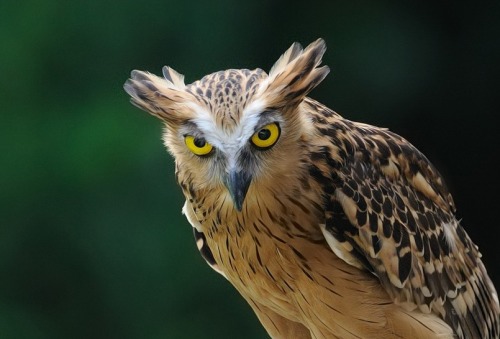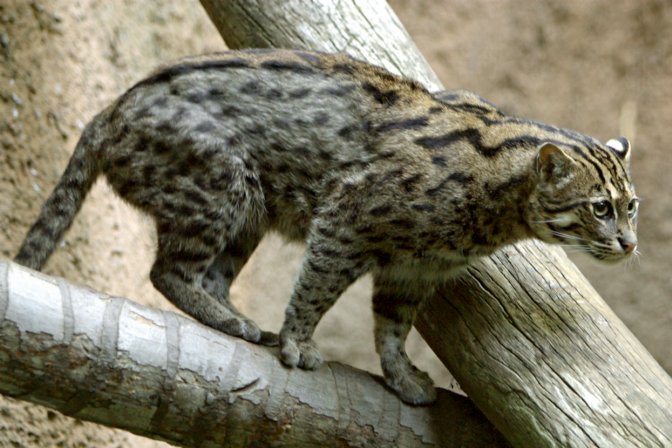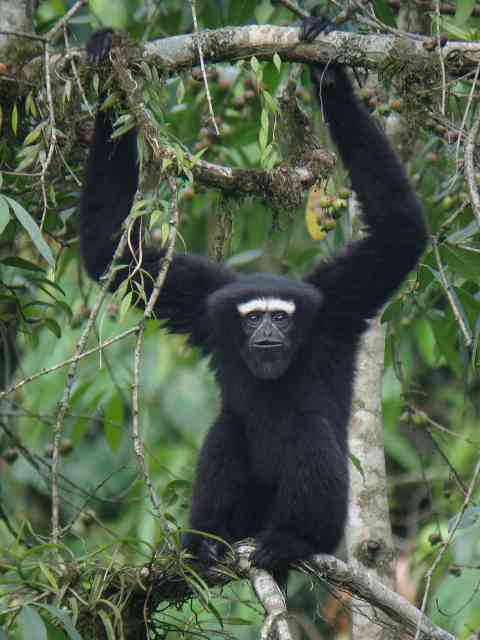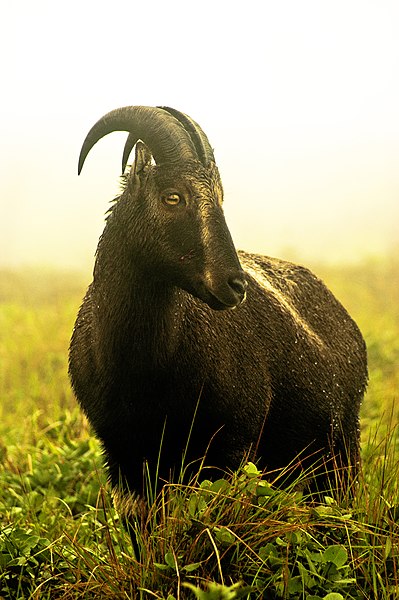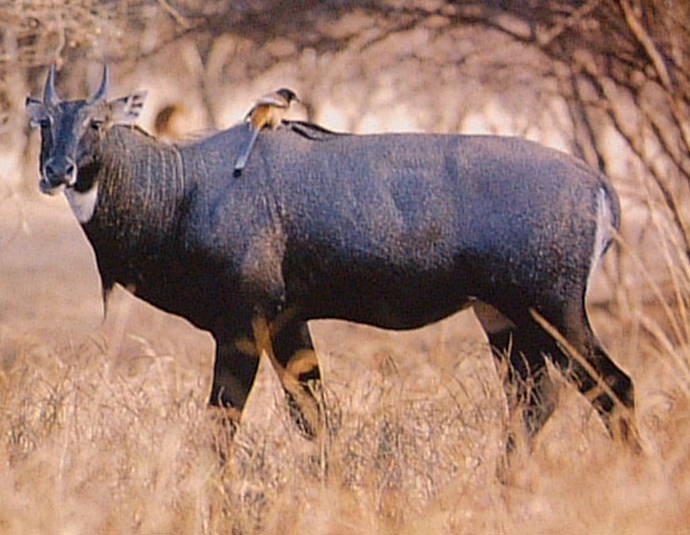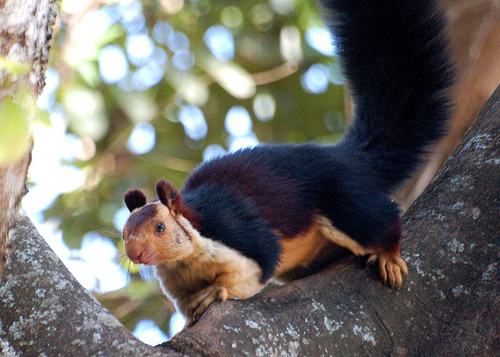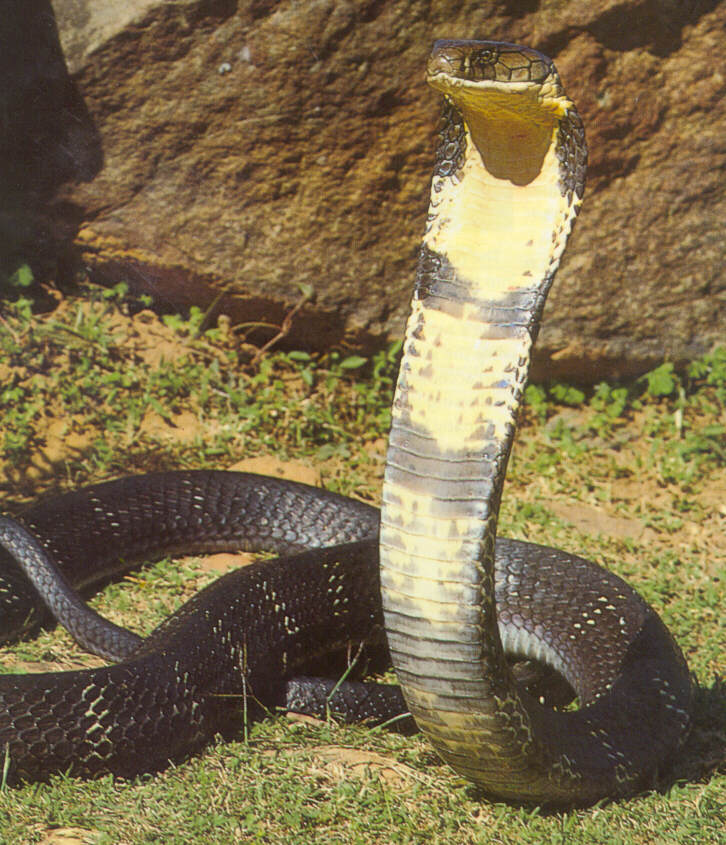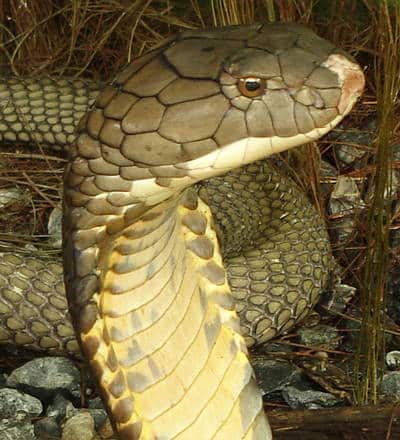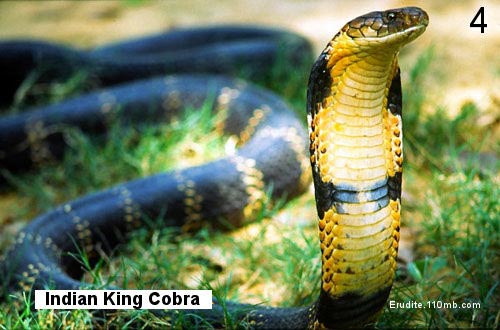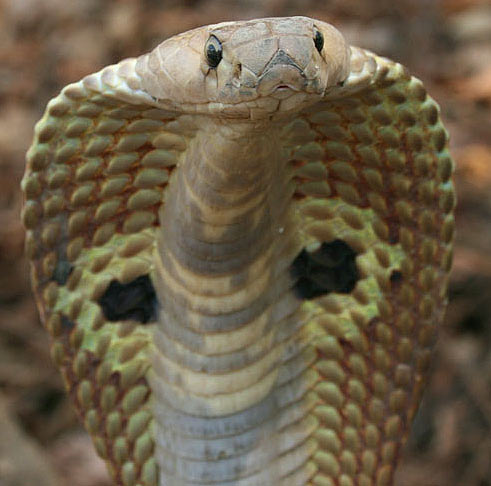Cherokee
SENIOR MEMBER

- Joined
- Jul 5, 2012
- Messages
- 6,722
- Reaction score
- -15
- Country
- Location
The Asian black bear (Ursus thibetanus), also known as the moon bear or white-chested bear, is a medium-sized species of bear, largely adapted for arboreal life, seen across much of the Himalayas and the northern parts of the Indian Subcontinent, Korea, northeastern China, the Russian far east and the Honshū and Shikoku islands of Japan. It is classed by the IUCN as a vulnerable species, mostly due to deforestation and active hunting for its body parts.
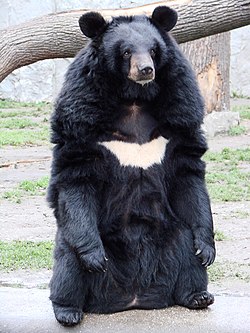


Chital
The chital or cheetal (Axis axis), also known as chital deer, spotted deer or axis deer is a deer which commonly inhabits wooded regions of Sri Lanka, Nepal, Bangladesh, Bhutan, India, and in small numbers in Pakistan. The chital goes by various names in India, among which include: Chital horin in Bengali, Thith Muwa in Sinhalese, Jinke in Kannada, Pulli Maan in Tamil and Malayalam, Duppi in Telugu, Phutuki Horin in Assamese, Haran/Harin in Marathi, and Hiran in Hindi/Urdu (the latter two derived from Harini, the Sanskrit cognate for 'deer'). It is the most common deer species in Indian forests. The name Chital comes from the Bengali word Chitral (চিত্রল /Chitra (চিত্রা
/Chitra (চিত্রা , which means "spotted".
, which means "spotted".

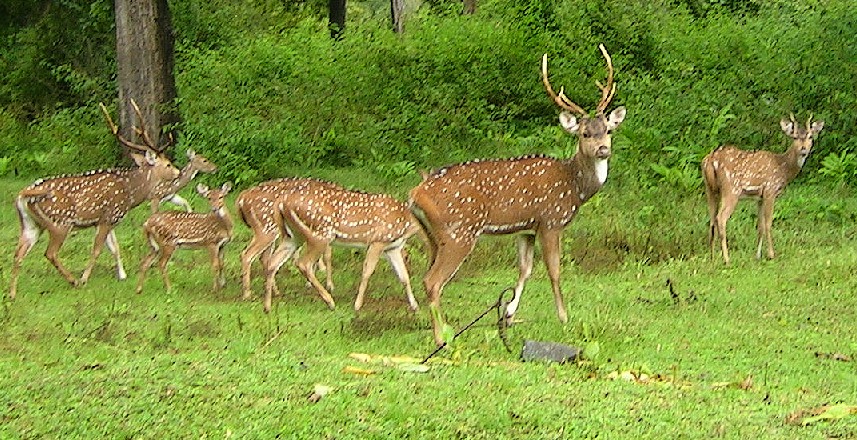
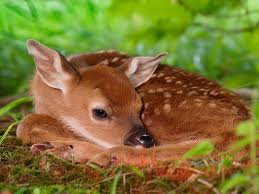



Chital
The chital or cheetal (Axis axis), also known as chital deer, spotted deer or axis deer is a deer which commonly inhabits wooded regions of Sri Lanka, Nepal, Bangladesh, Bhutan, India, and in small numbers in Pakistan. The chital goes by various names in India, among which include: Chital horin in Bengali, Thith Muwa in Sinhalese, Jinke in Kannada, Pulli Maan in Tamil and Malayalam, Duppi in Telugu, Phutuki Horin in Assamese, Haran/Harin in Marathi, and Hiran in Hindi/Urdu (the latter two derived from Harini, the Sanskrit cognate for 'deer'). It is the most common deer species in Indian forests. The name Chital comes from the Bengali word Chitral (চিত্রল
 /Chitra (চিত্রা
/Chitra (চিত্রা , which means "spotted".
, which means "spotted".




